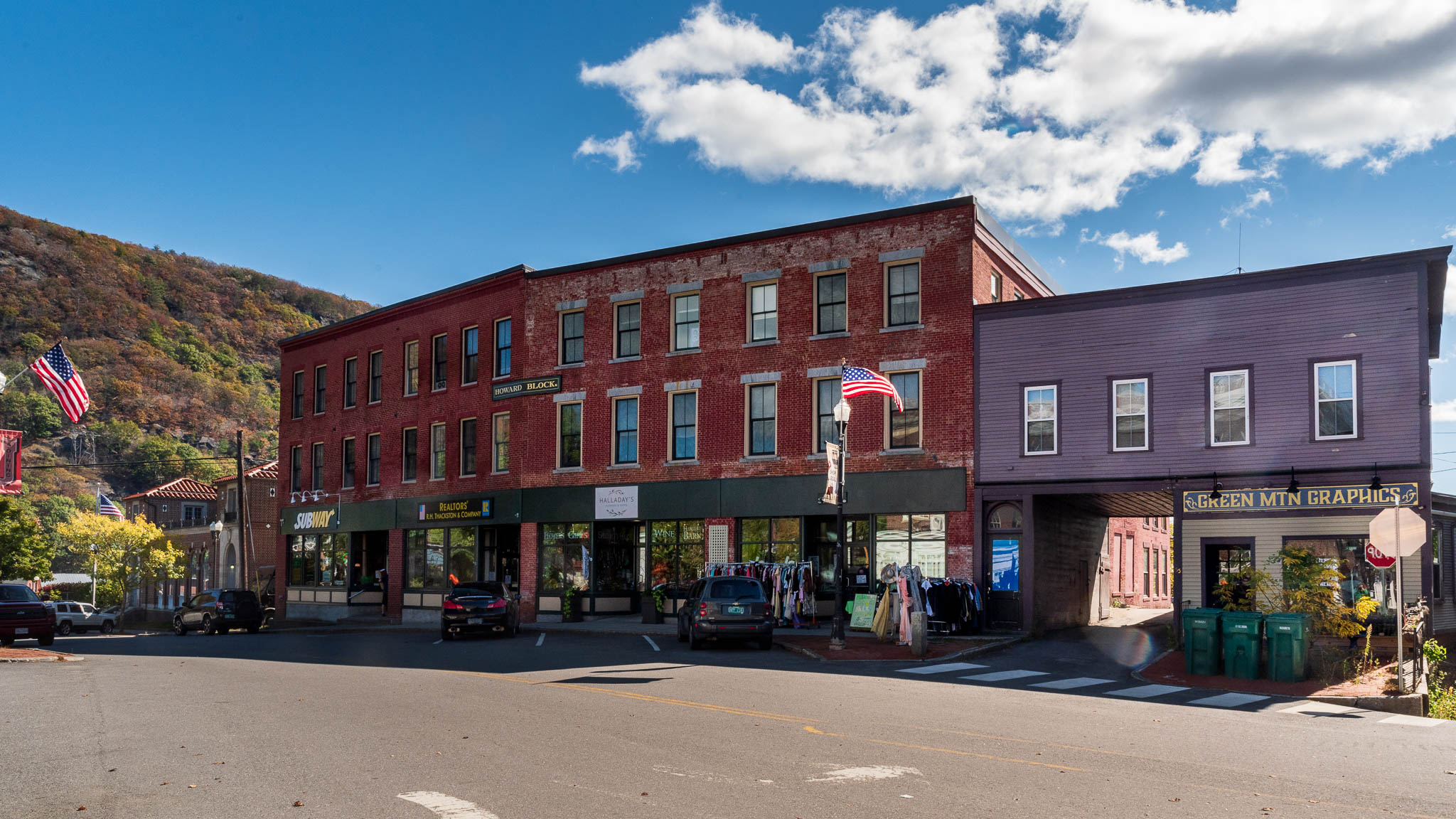By Kati Gallagher, Sustainable Communities Program Director, Vermont Natural Resources Council
How we use and develop land dictates where we can live, how much we drive, and whether or not we protect our farm and forest lands. Here in Vermont, we benefit from decades of community-driven land use planning that set our state apart for protecting natural resources while fostering our downtowns and village centers. Yet we’re also experiencing – along with the rest of the country – the impacts of land development that has been misguided or poorly planned through the connected crises of climate change, biodiversity loss, and housing affordability.
Many of our local land use laws – developed and implemented by towns through zoning – date back to the mid-twentieth century, a time when today’s issues were unimaginable, and when institutional systems were crafted to exclude racial and socio-economic groups from certain neighborhoods and towns that themselves were built on stolen indigenous land. Mandating districts that only allow the development of single-family homes, on large lot sizes, with significant parking, are a few ways in which zoning has limited the supply of affordable housing and resulted in “zoning-enforced sprawl.”
The Vermont we know today continues to be shaped by this history, and is inconsistent with a smart growth vision of dense, compact villages surrounded by a more rural landscape. As our land use laws continue to exacerbate deepening inequalities, our dependence on polluting vehicles, and the fragmentation of our farms and forests, we must work together to pursue a Vermont that is welcoming, vibrant, and socially and environmentally resilient.
This legislative session, we have a unique opportunity to do just that.
By enabling housing development in our downtowns and village centers (where we’ve invested in public infrastructure like water services, sidewalks and transit), we can reduce zoning-enforced sprawl and support compact, walkable, mixed-use town centers with improved housing choice and more equitable communities.
Importantly, proposed legislation in the House and Senate would ensure a minimum allowable density in municipally-defined water and sewer service areas; re-legalize small and multi-family housing units; and minimize parking requirements that add costs to housing, reduce walkability, and increase impervious surfaces. You can read more about VNRC’s position on H.68 and the Senate Omnibus Housing Bill here.
While state legislation will help to advance this goal, it is incumbent on all of us to consider how to incorporate these changes in such a way that strengthens our communities and environment. Of course, change is rarely easy; we must be curious about solutions and bold in the face of challenges.
Thoughtful development must be paired with environmental considerations, particularly in regard to Vermont’s aging infrastructure, stormwater management, and the historic pattern of village centers located along river corridors. But if we are to reduce our greenhouse gas emissions (~40% of which come from transportation in Vermont); protect our natural resources (the source of many Vermonters’ livelihoods and countless ecosystem services); and provide “missing middle” and affordable homes, we can no longer rely on chipping around the edges of the status quo.
Planning for the future is not simple – especially when the patterns of the past no longer hold – but we are at a critical inflection point. I hope we choose to plan, boldly and creatively, for the demographic, environmental and economic change we see coming, while working to simultaneously support more housing, a healthy environment, and more equitable communities.
###





